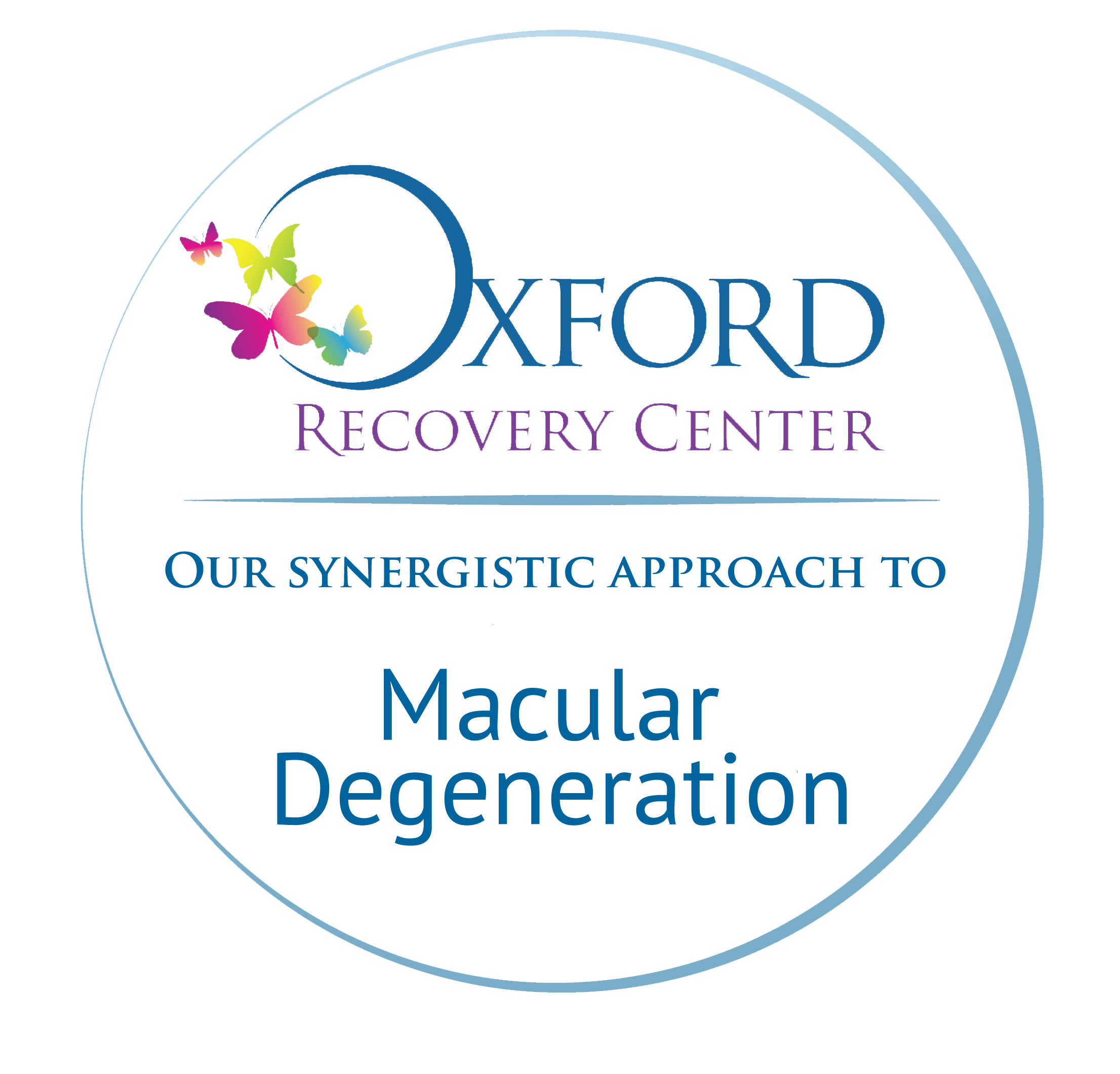Emma’s Stroke Recovery Journey
Emma’s Stroke Recovery Journey
Emma and her daughter Denise first came to The Oxford Center in September 2019 for a Discovery Session. Shortly thereafter, Emma did her first hyperbaric treatment, also referred to as a “dive”. Emma had suffered a stroke that severely affected her right side, made her very weak, and left her with little to no ability to speak.
After one dive in September, her right leg, which had been frozen after the stroke, straightened. Denise immediately knew HBOT was the key to advancing her mother’s ability to recover from the stroke, and she signed Emma up for 40 dives.
Over the course of Emma’s treatments, Denise saw continuous improvements. Emma’s right hand, which was very stiff and severely inflamed after the stroke, started to straighten and bend. Eventually the inflammation decreased enough that Denise could help Emma bend her fingers. Denise mentioned that one day at an appointment with Emma’s chiropractor, Emma cried out in shock because her Neuro Chiropractor had touched the right side of her face and Emma felt it for the first time in the year since her stroke.
On Christmas Eve, barely a month after starting HBOT treatments, Emma got out of bed on her own, maneuvered herself into her wheelchair, and started rolling herself down the hallway in their house.
Denise was shocked at the ever-advancing improvements in Emma’s condition, and said that ever since that day, Emma continues to get herself out of bed and into her wheelchair on her own.
After finishing the 40 dives, Denise made notes of how her mother’s condition has improved over the course of the treatments. Emma has more mental clarity, more speech in all three languages she used to speak (Arabic, Chaldean, and English), and more flexibility in her joints due to more strength and reduced inflammation. She’s able to remember and speak names again, including her daughter’s name and nickname, without any hesitation. Emma smiles and seems happier, can lift her right arm on her own, and can cross her legs without having to lift one leg over the other using her left arm as support. She even started accurately counting cars in numerical order in a neighbor’s driveway and Denise was floored; she hadn’t counted like that since before her stroke.
After finishing HBOT, Denise and Emma returned for The Oxford Center’s Intensive Physical Therapy program using the TheraSuit Method. This physical therapy is done five days a week for three hours a day and integrates holistic, alternative methods to maximize strength building and retrain the body to use muscles correctly or activate movement the body had forgotten how to do.
Denise commented on how different our physical therapy program is compared to others that Emma has done, and how the combination of HBOT and our alternative therapies have shown more improvements over a shorter amount of time than any other therapies they have done since Emma’s stroke.
Denise said that after they finished Emma’s first round of Intensive Physical Therapy, the clonus in her right foot disappeared. She attributes that improvement to the first hour of every therapy session, when Andrea, our Physical Therapist, would massage Emma’s body and stimulate the foot with different devices and exercises. Denise said that Emma’s Neuro Chiropractor has tried to fix the clonus but has been unsuccessful; the Intensive Physical Therapy helped it heal.
As a team between both of our Troy and Brighton locations, it was amazing for all of us to witness Emma’s growth over the course of her two treatment periods. We saw her come out of her shell, smile, laugh, and make incredible improvements towards recovery. Denise and Emma are currently working towards coming in for a third round of therapy, and we cannot wait to see Emma continue to make progress and heal.
For more information about our approach to stroke recovery, visit oxfordrecoverycenter.com/conditions/stroke, or call us at (248) 486-3636 to schedule a FREE Discovery Session.




